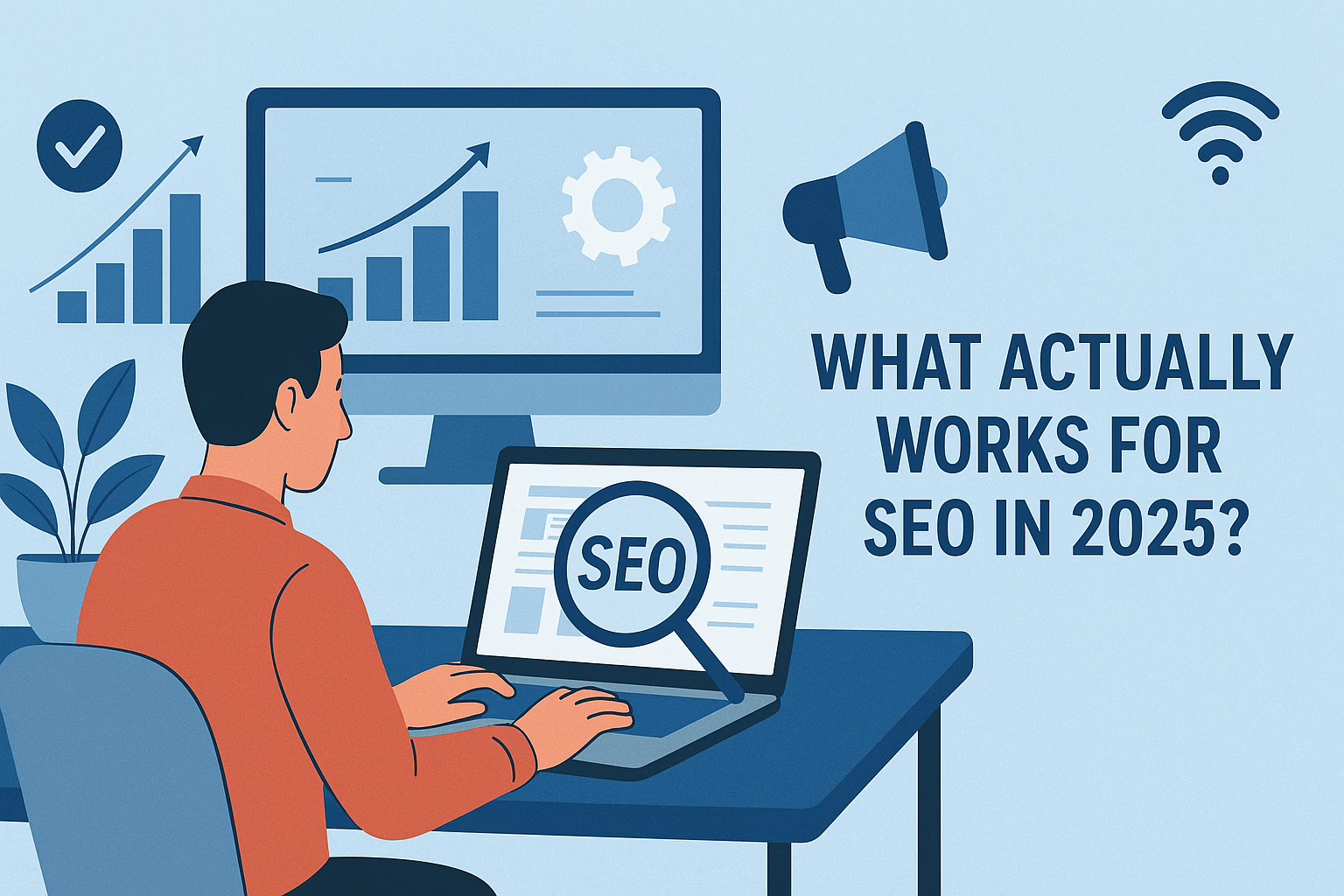Creating a successful product isn’t just about building cool features—it’s about making sure people know about it, want it, and stick around. That’s where the magic of combining Product and Marketing from day one comes in.
Let’s walk through the 8 stages of a product’s lifecycle, showing how product and marketing should align at every step.
1. Conception: Where Ideas Begin
Product:
“I think people need a better group trip planner.”
Marketing:
“Who are we solving this for? What do they struggle with? Are there existing tools they already use?”
Goal:
Validate the idea. Collect insights from potential users. Make sure the problem is real.
Tools:
Typeform, Google Trends, Reddit polls
2. Planning: The Blueprint Phase
Product:
Define MVP (Minimum Viable Product) features and tech stack (we’re using Flutter + Firebase, of course).
Marketing:
Craft the Unique Value Proposition (UVP). Define the brand’s tone, voice, and initial positioning.
Goal:
Build something people actually want and know how to talk about it effectively.
Tools:
Miro, Notion, Figma
3. Development: Build Time
Product:
Start building the core features—authentication, database, cloud functions—with Flutter + Firebase.
Marketing:
Start creating buzz. Launch a waitlist, share sneak peeks, and open a blog or newsletter.
Goal:
Build the product and the audience simultaneously.
Tools:
Flutter, Firebase, GitHub, Postman
4. Testing: Real-World Feedback
Product:
Soft launch to early users. Test. Break things. Fix bugs. Polish UX.
Marketing:
Collect testimonials, refine messaging, build trust with early adopters.
Goal:
Turn testers into brand ambassadors.
Tools:
Firebase Test Lab, Sentry, Discord
5. Launch: It’s Go Time
Product:
Publish on App Store & Play Store.
Marketing:
Go loud—announce on socials, email lists, Product Hunt, and PR.
Goal:
Drive awareness, installs, and early reviews.Tools:
Product Hunt, App Store Connect, PressKit
6. Growth: Scaling Up
Product:
Add new features based on user feedback. Improve performance. Monitor with Firebase Analytics.
Marketing:
Run paid campaigns, influencer partnerships, referral programs. Set up retention loops.
Goal:
Get more users—and keep them.
Tools:
Google Ads, Meta Ads, Firebase Remote Config
7. Maturity: Optimize & Monetize
Product:
Stabilize infrastructure, introduce monetization options.
Marketing:
Focus on community, build deeper content, launch loyalty programs.
Goal:
Create a lasting brand. Deepen relationships with users.
Tools:
Firebase A/B testing, HubSpot, Mixpanel
8. Evolution or Exit: What’s Next?
Product:
Decide to pivot, scale, or gracefully sunset the product.
Marketing:
Reposition the brand, re-engage the community, or prepare users for farewell.
Goal:
Evolve or exit with grace—and maintain trust.
Tools:
Medium blog, Email campaigns, Community posts
Final Thoughts
Great products aren’t just built—they’re launched, grown, loved, and remembered. When product and marketing teams align from day zero, magic happens.
So next time you start sketching out an idea, don’t just ask “How do I build this?”—ask “How do I tell the world about this?” at the same time.








